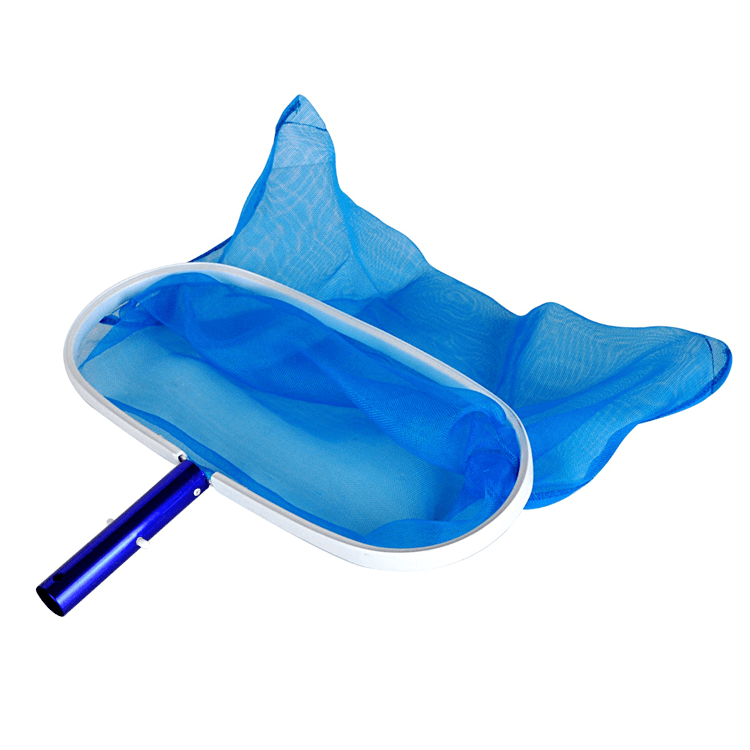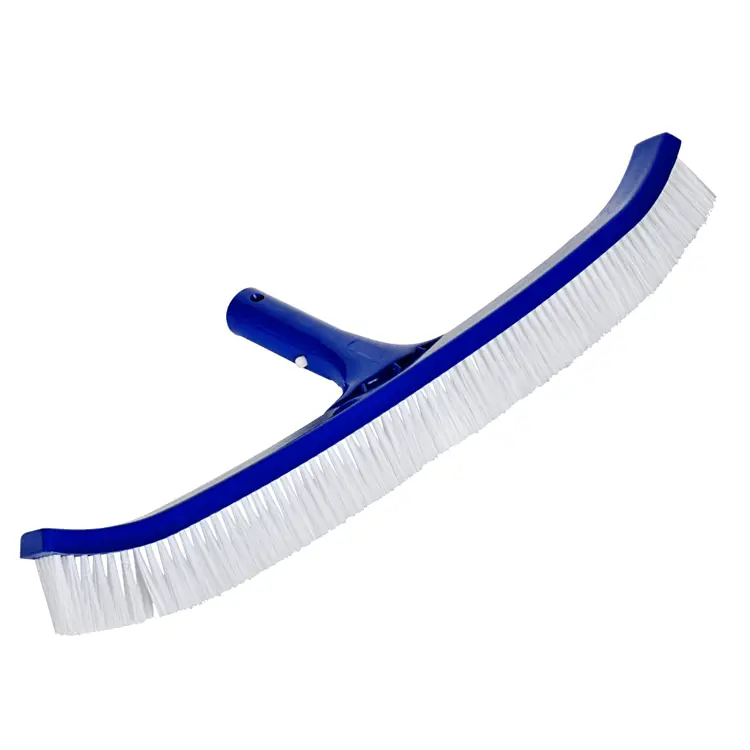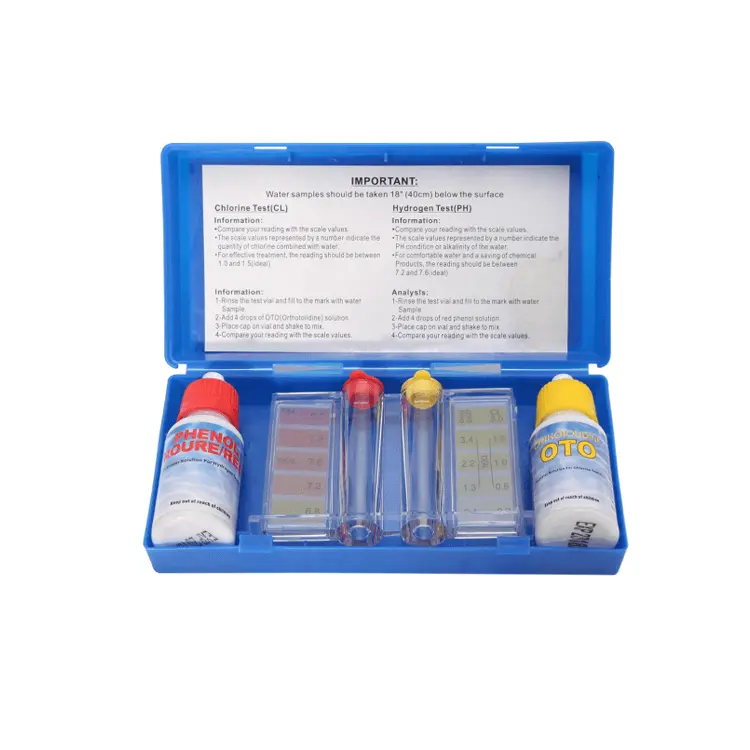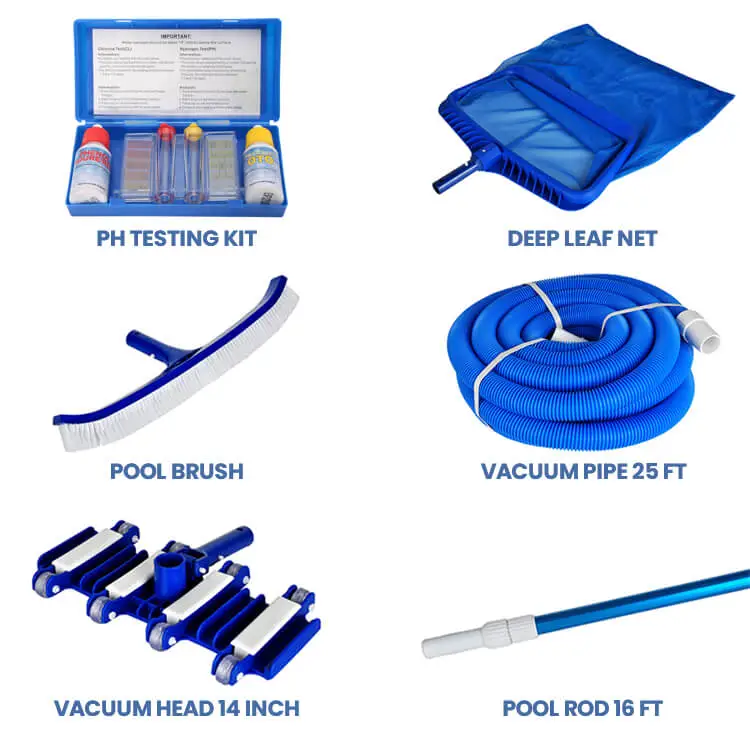Summers, especially in Pakistan, could be more pleasant. In the summer season, people in this region rush to pools or beaches to make them feel relaxed and calm. So if you are the pool owner, it becomes a little tricky to keep your pool neat and clean in this high-use season.
Indeed, there are a variety of tools and devices that you must have to keep your swimming pool neat and clean. Some swimming pool maintenance kits will help keep your pool water crystal clean and germ-free. But these tips and tricks will help you keep your swimming pool in the best condition. In this blog, you will learn effective strategies and tips for maintaining your pool during the summer season.
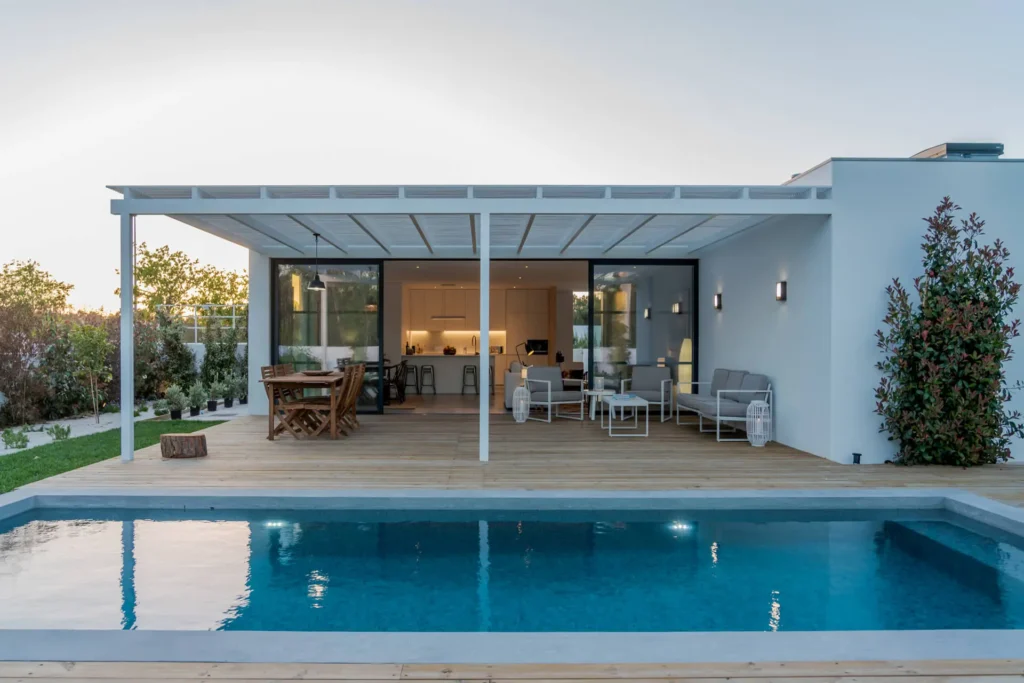
Maintaining Pool in Pakistan Summers
We know Pakistan has hot summers, but we lack swimming pool maintenance facilities. So here is a list of tips and tricks to help you keep your pool water fresh during the summer.
1. Regular Pool Cleaning and Skimming
Daily Skimming
So it comes on the list first. You must add this to your swimming pool maintenance checklist at the top. Daily skimming is a must, and for this, you will need the pool skimmer.
Bugs, leaves, and other things can quickly gather on the surface of the pool. It might happen when people use the pool a lot. So what should I do in this case? The first thing that is on the kit is the pool skimmer or the pool net along with the pool rod. Skim the pool with it, as it prevents debris from sinking, avoiding the filter’s clogging, and keeping the pool floor clean. So please make it a habit to skim the pool in the evening and morning to keep the pool neat and clean.
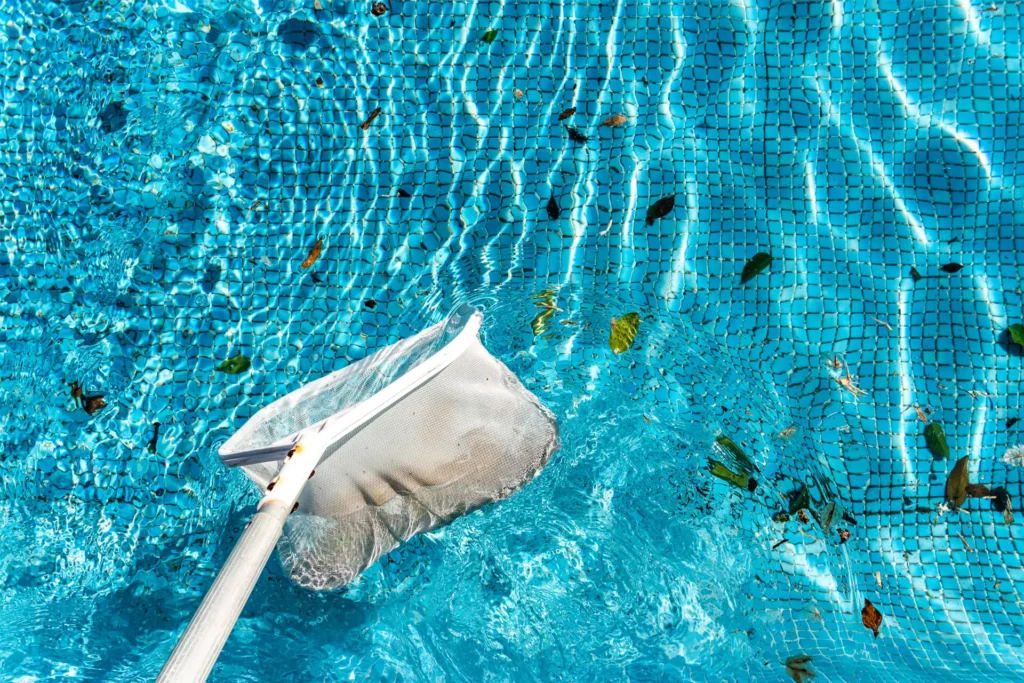
Brushing and Vacuuming
After skimming, you need to vacuum and brush the pool surface and wall. Even after daily skimming, algae and dirt can build up on the pool floor and wall. Brushing the pool surface once a week can help remove debris. We advise you to go for a quality pool brush for the pool surfaces. Here, the nylon one is best for delicate surfaces, and stainless steel is best for cement ones.
Now, let us move on to the next thing: vacuuming. The automatic pool cleaner can save both, effort and time. Monthly vacuuming ensures a deep clean, mainly in the areas that are tough to reach. So please account for it at least once a week or more if the pool sees heavy usage.
2. Monitoring and Balancing Pool Chemistry
Now that you have cleaned the swimming pool’s floor and wall, now what about the water? We have compiled a list of steps that you need to follow.
Testing Water Chemistry
You also need to have the pH Test Kit to monitor the chemical level of your pool, so that you can maintain it accordingly. The pH test checks the water’s chemistry. Keeping a pool clean and safe depends on using the right mix of chemicals to kill germs, stop algae from growing, and keep the pH levels balanced.
Keeping balanced water chemistry is vital for the health of the pool and swimmers. Test the pool water at least twice a week during the summer. The following are the things that you need to check.
pH Levels
So here, you need to know the average pH level of your pool water first. The normal pH level of the pool water has to be between 7.2 and 7.8. If it changes, it can irritate the eyes and impair chlorine efficacy.
Chlorine Levels
You also need to maintain the chlorine level. So here, we advise you to go for the chlorine dispenser kit. The normal range of the free chlorine is 1.0 and 3.0 ppm.
Alkalinity
Alkalinity helps buffer pH levels and you must keep it between 80 and 120 ppm.
Calcium Hardness
Calcium hardness should be between 200 and 400 ppm to prevent corrosion and scaling.
Cyanuric Acid
Cyanuric acid protects chlorine from being degraded by sunlight. Ideal levels are between 30 and 50 ppm.
Adjusting Chemical Levels
So now that you have checked the pH level, it is time to adjust the chlorine level. Use the proper measures to increase the water chemical level using detergents or increasers, chlorine tablets, and chlorine.
3. Regular Filter Maintenance
So now the next item on our list is the filter. Pools usually have one of three types of filters: DE, cartridge, and sand. Each type needs different maintenance routines.
Sand Filters
Backwash the filter every 1-2 weeks or when the pressure gauge increases by ten psi.
Cartridge Filters
Clean the cartridges every 2 or 6 weeks. So it relies on usage and maker advice. Replace them when they show signs of wear and tear.
DE Filters
Backwash and add new DE powder every one or two months or as needed based on pressure readings. Keep your filter clean and go for maintenance when they need it. Filters help to keep the pool water clean and germ-free.
Maintaining Filter Efficiency
Keeping the pool filter clean is a must for clean and safe water. So please go for a regular inspection of your filter to avoid any wear, tear, or damage. If any part is faulty then you can replace it in a timely manner. Ensure your pool pump runs long enough each day, usually 8 to 12 hours, to circulate and filter the water properly. It will help in keeping your pool in good condition and enjoyable.
4. Shock Treatments
Why and When to Shock Your Pool
Shock treatment comes next on the list of swimming pool maintenance. So shocking the pool means adding a lot of chlorine to kill bacteria, algae, and other harmful stuff. It is a must if there is high usage of your pool.
Also, after the bad weather, the water smells and looks cloudy. Cloudy and smelly water shows, it has chloramines. For this, please shock your pool every one or two weeks, mainly in the summer, to keep the water safe and clean. Here, regular shocks will help maintain the level of chlorine and ensure the pool remains clear.
Now, let us discuss the different kinds of shocks. The following types of pool shock treatments are available:.
Calcium Hypochlorite
It is practical and affordable but requires pre-dissolving.
Sodium Di-Chlor
Fast-dissolving and can be added directly to the pool.
Potassium peroxymonosulfate
It is a nonchlorine shock that oxidizes impurities without raising chlorine levels.
Always follow manufacturer instructions and safety guidelines when handling and applying shock treatments.
5. Preventing and Treating Algae
So, before moving on to how to treat algae, we need to know about its types. Algae can quickly make your clear pool look green and dirty. There are various types of algae you may find in the pool.
Green Algae
This is the most common type and the easiest to get rid of.
Yellow or Mustard Algae
This kind sticks to the pool walls and can be tricky to kill because it resists chlorine.
Black Algae
It grows in cracks and crevices and is very hard to remove.
Knowing these types helps you understand what you are dealing with and how to treat them effectively. Here are the tips: please regularly clean your pool. Also, keep the proper chemical balance in pool water to prevent algae from growing
Algae Prevention
To prevent algae, regularly brush the pool and keep the chlorine levels right. It is your best defense against algae growth. You can also use algaecides to help prevent algae. Ensure to pick the suitable algaecide for the pool type and follow the manual for the correct amount to use.
Algae Treatment
Now let us move on to its treatment. Suppose there are algae in your pool. First begin by shocking the pool and brushing the desired area effectively. For severe algae issues please go for the algaecide. For black algae one needs unique methods and a stiff rush to get through its complex layers. Also regular brushing and proper bleach will keep algae at bay.
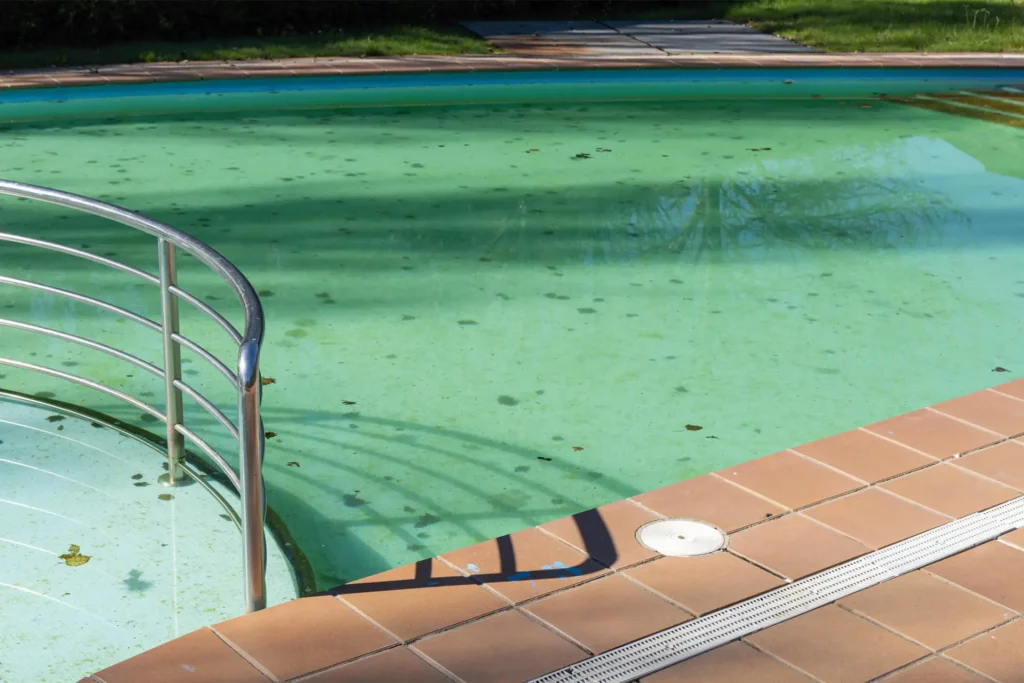
6. Covering the Pool
Most of you ignore this when it comes to swimming pool maintenance. So when making the swimming pool maintenance kit, please put the pool covers in it. Using a pool cover, when you are not swimming, helps in many ways. It reduces water evaporation, keeps debris out, and keeps the water temperature low. Besides this, it also protects the water from UV rays. It means you will use fewer chemicals. It keeps your pool cleaner and saves you time and money on maintenance.
Most people are unaware of pool covers. Do you know there are different kinds of pool covers?
They are strong and secure. These covers prevent accidental drownings and keep debris out.
This is not only for the winter; these heavy-duty covers can protect the pool during long periods of non-use.
These covers float on the water’s surface and help to heat the pool using solar energy.
You get the pool covers, but they also need maintenance. Please keep your cover clean and in pristine condition. Remove and accumulate water or debris to prevent damage.
7. Equipment Inspection and Maintenance
Regularly inspect the pool equipment, like pumps, heaters, and chlorinators, for signs of wear and tear. Check hoses, seals, and connections for leaks. Also, keeping an eye on your equipment helps ensure your pool runs smoothly and prevents huge issues.
Get the Reliable Swimming Pool Maintenance Equipment in Pakistan
Indeed, in Pakistan, quality swimming pool maintenance equipment is not easy to find. Water Solution PK is the name that you can trust. They have quality pool equipment, from the pH level kit to the chlorine dispenser. You can find everything there if you need a vacuum head, brush, long handles, and others. You can buy a kit for pool maintenance. It is a bundle of:
1. Deep leaf net
2. Vacuum head 14 inch
3. Testing kit
4. Pool brush
5. Pool rod 16 ft
6. Vacuum pipe 25 ft
Conclusion
Keeping your pool clean and maintained during the summer takes effort, but it is worth it. Following these tips lets you keep your pool clean and fun all season. A well-maintained pool is more enjoyable and safer for everyone. So dive in, stay cool, and enjoy your perfectly maintained pool this summer.




